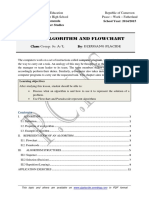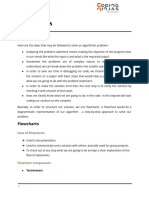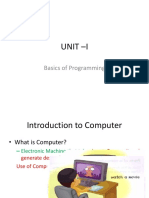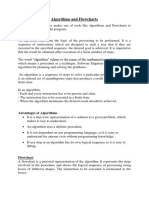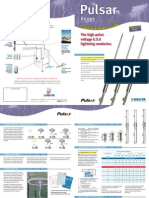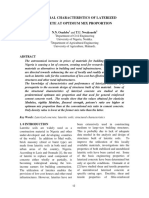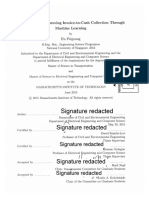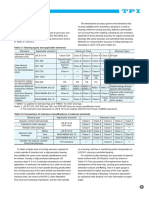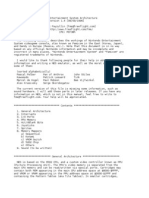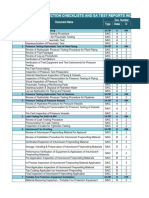0% found this document useful (0 votes)
34 views18 pagesAlgorithm Worksheet 5
The document outlines key concepts related to problem-solving and algorithms, including definitions of sequencing, algorithms, and debugging. It provides tasks that involve filling in gaps, creating flowcharts, and explaining the purpose of flowchart shapes. Additionally, it emphasizes the importance of efficient algorithms and includes examples of flowchart representations for various processes.
Uploaded by
vroom.mohamed.hereCopyright
© © All Rights Reserved
We take content rights seriously. If you suspect this is your content, claim it here.
Available Formats
Download as DOCX, PDF, TXT or read online on Scribd
0% found this document useful (0 votes)
34 views18 pagesAlgorithm Worksheet 5
The document outlines key concepts related to problem-solving and algorithms, including definitions of sequencing, algorithms, and debugging. It provides tasks that involve filling in gaps, creating flowcharts, and explaining the purpose of flowchart shapes. Additionally, it emphasizes the importance of efficient algorithms and includes examples of flowchart representations for various processes.
Uploaded by
vroom.mohamed.hereCopyright
© © All Rights Reserved
We take content rights seriously. If you suspect this is your content, claim it here.
Available Formats
Download as DOCX, PDF, TXT or read online on Scribd
/ 18
















